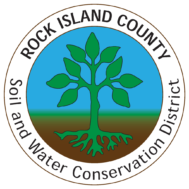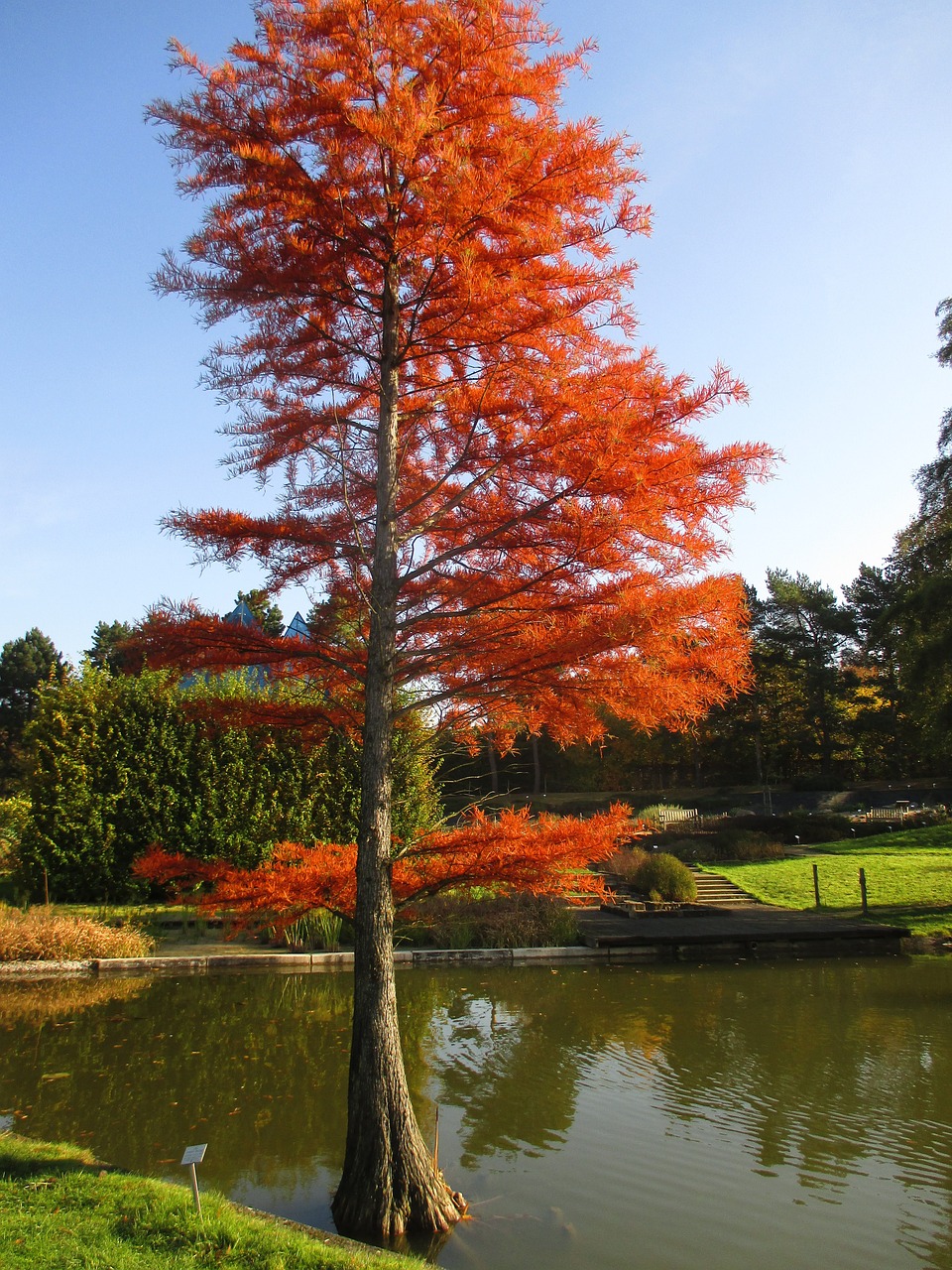The bald cypress (Taxodium distichum) is a remarkable deciduous coniferous tree native to the southeastern United States and parts of Mexico. The bald cypress is a distinctive and adaptable tree known for its unique appearance, resilience in wetland habitats, and valuable wood. It plays a crucial role in both natural ecosystems and human industries, contributing to biodiversity and cultural heritage in its native range.
Appearance: Bald cypress is a large tree that typically grows to a height of 50-120 feet (15-36 meters) and can have a trunk diameter of 3-6 feet (1-2 meters). It has a broadly conical or columnar shape with a straight trunk that tapers towards the top. The bark of young trees is grayish-brown and smooth, becoming fibrous and reddish-brown with age.
Leaves: The leaves of bald cypress are feathery, needle-like, and deciduous, arranged in flat sprays that emerge from stubby, spur-like shoots. Each leaf is about 0.4-0.8 inches (1-2 cm) long and turns a vibrant rusty orange or reddish-brown in autumn before falling off.
Cones: Bald cypress produces small, round, woody cones that are about 0.6-1 inch (1.5-2.5 cm) in diameter. These cones disintegrate upon maturity, releasing small winged seeds that are dispersed by wind and water.
Habitat: Bald cypress is well-adapted to wetland environments, including swamps, floodplains, and along riverbanks. It is known for its ability to thrive in standing water, earning it the name “bald” because it sheds its leaves in the winter, unlike many other conifers.
Wood: The wood of bald cypress is highly valued for its durability, resistance to decay, and straight grain. It is used in construction, particularly for exterior applications such as docks, boat-building, and outdoor furniture. The heartwood is naturally resistant to insects and decay, making it ideal for outdoor use.
Ecological Importance: Bald cypress provides critical habitat and food for a variety of wildlife species, including birds, mammals, and aquatic organisms. The submerged roots and dense canopy also help stabilize shorelines and reduce erosion.

